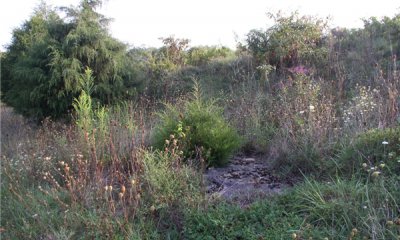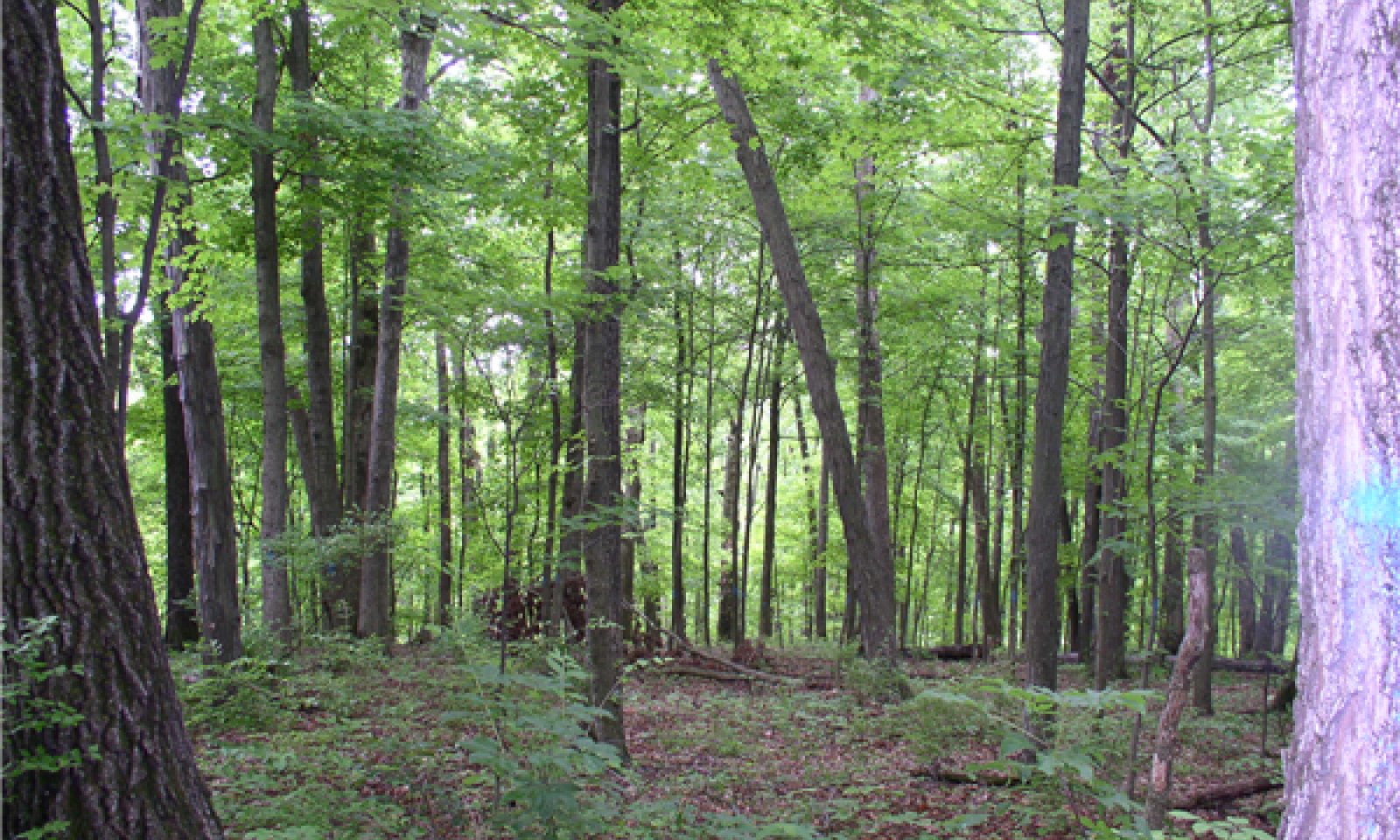
Shallow Limestone Residuum Backslopes
Scenario model
Current ecosystem state
Select a state
Management practices/drivers
Select a transition or restoration pathway
- Transition T1A More details
- Transition T1B More details
- Transition T1B More details
- Transition T2A More details
- Restoration pathway R3A More details
- Restoration pathway R3B More details
- Restoration pathway R4A More details
- Restoration pathway R4B More details
-
No transition or restoration pathway between the selected states has been described
Target ecosystem state
Select a state
State 1
Shallow LImestone Oak-Hickory Forest


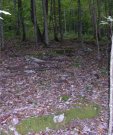


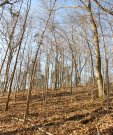



Description
This state consists of three phases: mixed oak-hickory forest, oak-maple-hickory forest, and early successional eastern red cedar woodland. Common species for more mature forested sites are chinkapin oak (Quercus muehlenbergii Engelm.), white oak (Quercus alba L.), and Shumard’s oak (Quercus shumardii Buckley), and northern red oak (Quercus rubra L.). Black oak (Quercus velutina Lam.) may be present.
Common hickory species are pignut (Carya glabra (Mill.) Sweet), mockernut (Carya alba (L.)Nutt.) and shagbark (Carya ovata (Mill.)K.Koch). Sugar maple (Acer saccharum Marsh.), white ash (Fraxinus americana L.), blue ash (Fraxinus quadrangulata Michx.), American elm (Ulmus americana) and slippery elm (Ulmus rubra) were also found on these sites.
The understory community, in the absence of invasive non-native vegetation, consists of a moderately diverse but not dense understory of native woodland plants, leaf litter, and usually surface rock. A defined shrub layer was not present, and tree seedling and samplings were common.
Submodel
State 2
Planted pasture
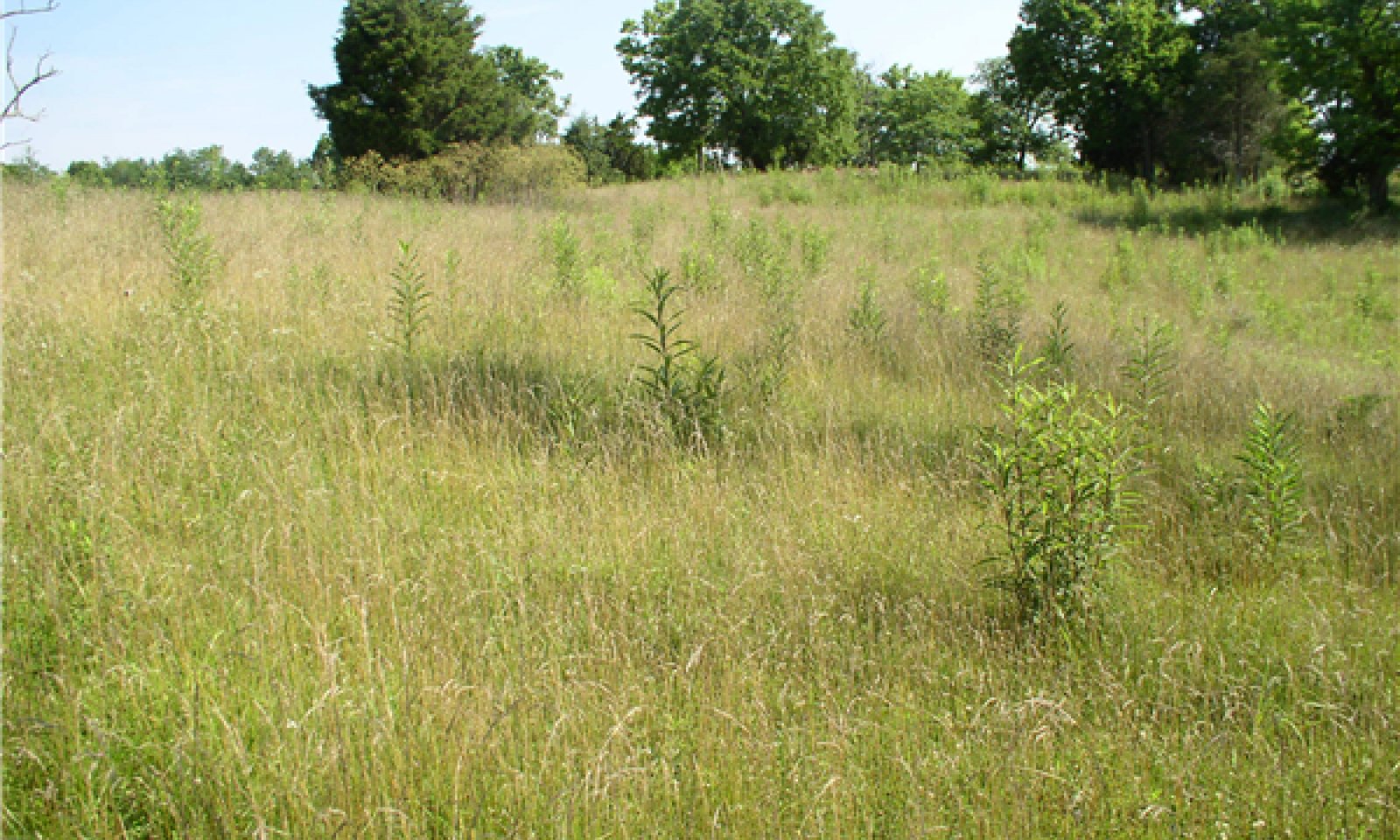



Description
This state varies greatly in species composition depending on management and specific site characteristics such as slope, rock content, and soil depth which can range between 10 to 20 inches. The pasture sites on Fairmount and Cynthiana mapunits were on lower slope sites. Pastures were predominately fescue (Festuca arundinacea). These shallow soil sites lie over limestone or limestone and calcareous shale parent material. They are droughty with moderately slow to slow permeability on slopes. Therefore, a good plant cover is needed at all times to reduce runoff and protect against soil erosion. Grazing should be regulated on sites to maintain a minimum plant height with periods of rest to allow adequate regrowth and avoid erosion.
Submodel
State 3
Honeysuckle Invaded State
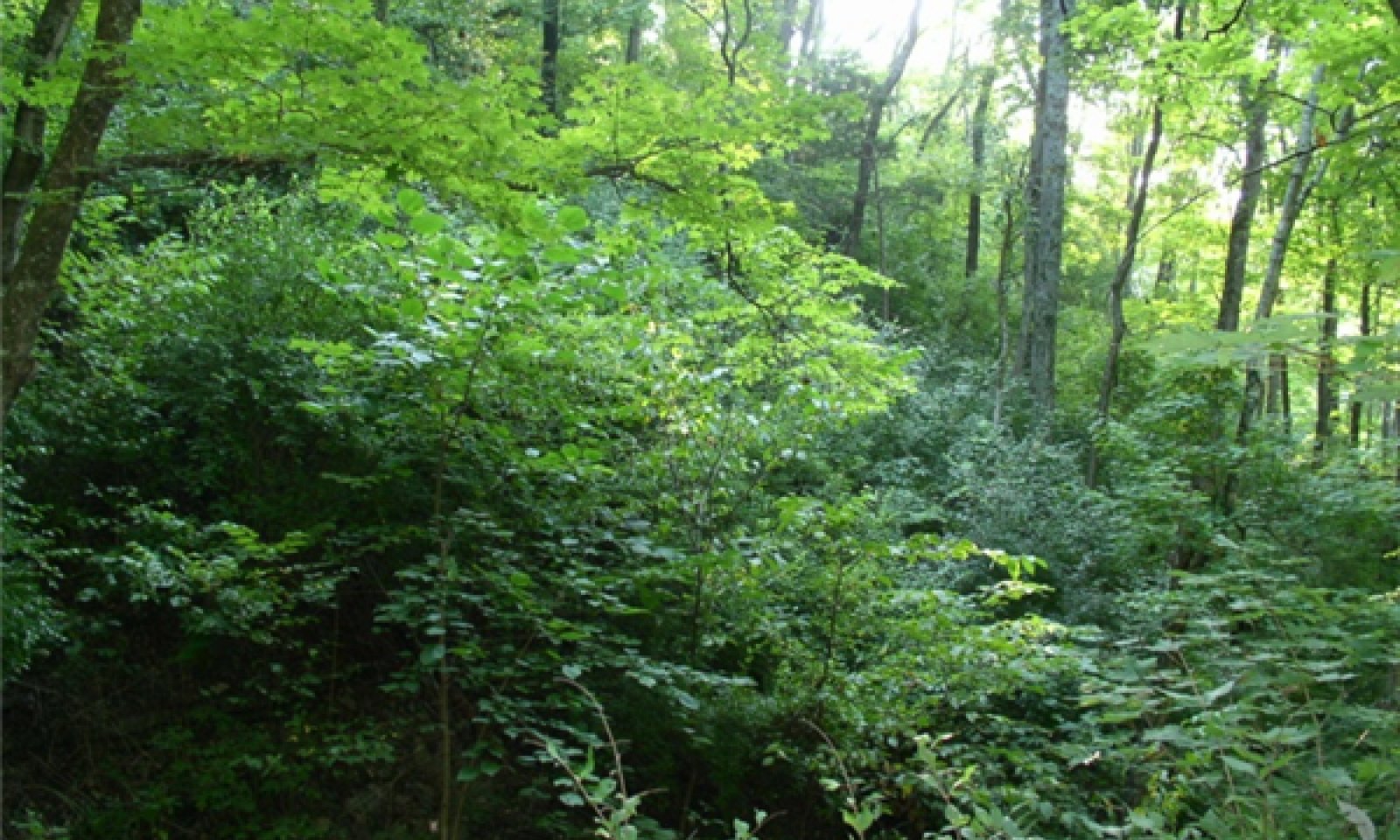



Description
This community is characterized by a midstory and understory dominated by Amur honeysuckle (Lonicera maackii (Rupr.) Herder). Japanese honeysuckle (Lonicera japonica Thunb.), another invasive plant, is often on this sites as well. Honeysuckle varieties were introduced to this country in the 1700s and 1800s as ornamentals; however, their growth form, adaptively, hardiness, and aggressiveness has resulted in dense thickets in forested areas and abandoned fields throughout the Bluegrass region.
Often this community has a mixed hardwood overstory that includes oaks, which predate the honeysuckle. A dense midstory of shade- tolerant species such as sugar maple, hackberry, elm, and white ash, is usually present. Juvenile oak and hickory trees were scarce on monitored sites due to the shading effect of the honeysuckle. In areas opened up by felled trees due to wind damage, timber harvest, or disturbance, honeysuckle was especially thick completely shading the forest floor. Honeysuckle is by far the dominant species in the midstory and understory of these communities. A limited number of sugar maple, hackberry, and white ash seedling were found within monitored plots, but oak-hickory regeneration was often completely absent.
Submodel
Description
This state is the result of pastureland being abandoned and eastern red cedar encroaching into the field. Black locust, honey locust, elms, oaks, and hackberry seedling and saplings were common depending on nearby seed sources. A variety of pasture grasses, weeds, and native forbs were found on these sites. Typically, this state is the natural transition between a managed pasture and an eastern red cedar woodland. Not yet woodland, but no longer a pasture, this successional state is characterized by diversity in plant height, density, and vegetation type (trees, shrubs, grasses, forbs, vines, etc.) thereby providing good wildlife habitat for many native species. These sites were often found on wildlife management areas in Kentucky that were previously a working farm but are now being allowed to naturally transition to a cedar woodland.
Submodel
Mechanism
Substantial management inputs including tree removal and seeding of pasture grasses would move state 1 to state 2. This would be feasible on few sites included under this ESD, due to the steep slopes, surface rock, droughty shallow soils, potential for soil erosion and limited production rates.
Mechanism
The introduction of Amur or bush honeysuckle into oak-hickory woodlands has the potential to completely alter the future community of these sites. Once established, the density and dominance of honeysuckle is sufficient to prohibit oak and hickory regeneration and can entirely replace the native understory community. Introduced from Asia, these species are shade tolerant and form dense thickets in open woods and along forest edges. Honeysuckle plants are fast growing with seeds that germinate quickly in high percentages and are easily transmitted by wildlife and human activity such as road building, recreational uses, livestock grazing, and ground disturbance. Honeysuckle can aggressively spread via root sprouting and compared to many native plants, has longer flowering and seed production periods (Rathfon and Lowe, 2012). Once established, control of honeysuckle requires repeated treatments over multiple years. The seed bank under mature shrubs will remain viable for 2 to 6 years, requiring long-term control efforts. This species is severely impacting the natural composition of woodlands throughout central Kentucky.
Mechanism
The introduction of Amur or bush honeysuckle into oak-hickory woodlands has the potential to completely alter the future community of these sites. Once established the density and dominance of honeysuckle is sufficient to prohibit oak and hickory regeneration and can entirely replace the native understory community. Introduced from Asia, these species are shade tolerant and form dense thickets in open woods and along forest edges. Honeysuckle plants are fast growing with seeds that germinate quickly in high percentages and are easily transmitted by wildlife and human activity such as road building, recreational uses, livestock grazing, and ground disturbance. Honeysuckle can aggressively spread via root sprouting and compared to many native plants, has longer flowering and seed production periods (Rathfon and Lowe, 2012). Once established, control of honeysuckle requires repeated treatments over multiple years. The seed bank under mature shrubs will remain viable for 2 to 6 years, requiring long-term control efforts. This species is fundamentally changing the composition of woodlands throughout central Kentucky.
Mechanism
This is a natural transition from a pasture site to a transitional field. The planted pasture is being encroached upon by eastern red cedar, locusts, briars, other grasses, native forbs, and weeds.
Restoration pathway R3A


Mechanism
The management inputs necessary to control bush honeysuckle are long-term and intensive. Control measures may include a variety of herbicide treatments (basal bark spray, foliar spray, stump injections, etc.), manual cutting or pulling of plants, mechanical brush removal, fire management, and biological controls. Hand pulling of seedlings is time consuming and tedious, but should be conducted when soils are moist as all of the root must be removed or re-sprouting will occur. Digging or grubbing out larger plants must be done with care, as bare, open soil will result in rapid re-invasion or re-sprouting.
Extensive research has been conducted on the use of herbicides to control bush honeysuckle. Applying herbicide to cut stumps is one common treatment method for larger plants. Cutting should be avoided during the winter as it “prunes” the plants and encourages more vigorous resprouting. Research at Purdue University has shown that the herbicides Picloram and 2,4-D or 20 percent triclopyr ester in an oil carrier are highly effective for this method but follow-up treatments will be required. (Rathfon and Lowe, 2012). Landowners can obtain free technical information and assistance from their local NRCS office or university extension service in the selection and use of herbicides.
Spring prescribed burning has been shown to kill bush honeysuckle seedlings and damage the tops of mature plants; however, these plants will easily re-sprout so it may be necessary to burn annually or biennially for five years or more for effective control. (Missouri Department of Conservation, 2011)
Relevant conservation practices
| Practice | External resources |
|---|---|
|
Brush Management |
|
|
Fence |
|
|
Access Control |
|
|
Tree/Shrub Site Preparation |
|
|
Tree/Shrub Establishment |
|
|
Upland Wildlife Habitat Management |
|
|
Forest Stand Improvement |
|
|
Forest Management Plan - Applied |
|
|
Herbaceous Weed Control |
Mechanism
Low quality woodlands with dense honeysuckle could be transitioned to a pasture state on lower-slope sites. The cost and level of inputs for this restoration would depend on access, age of trees, density of honeysuckle and goals of the landowner. This restoration would be a long-term effort requiring planting of desired species and multiple years of brush and weed control.
Relevant conservation practices
| Practice | External resources |
|---|---|
|
Brush Management |
|
|
Pond |
|
|
Fence |
|
|
Access Control |
|
|
Forage and Biomass Planting |
|
|
Livestock Pipeline |
|
|
Spring Development |
|
|
Watering Facility |
|
|
Water Well |
|
|
Forest Stand Improvement |
|
|
Prescribed Grazing |
|
|
Stream Crossing |
|
|
Grazing Management Plan - Applied |
|
|
Herbaceous Weed Control |
Mechanism
A transitional field will move naturally with time to an eastern red cedar woodland. However, depending on the length of time in pasture and the available seed sources naturally available, restoration activities may be required. Most long-term pasture sites will not have the oak-hickory seed source necessary to transition successfully to a mature oak-hickory forest. Tree planting, timber stand improvement activities (removal of less desirable tree species), weed and grass control, and planting of native understory species may be required to fully restore this community.
Relevant conservation practices
| Practice | External resources |
|---|---|
|
Fence |
|
|
Access Control |
|
|
Prescribed Grazing |
|
|
Forest Management Plan - Applied |
Mechanism
With management inputs, the transitional field state could be restored back to a pasture state. Tree removal, mowing, weed control, seeding, and fertilizing may be required. Because this ecological site description includes rocky sites with soil depths of 10 to 20 inches, landowners should be advised to consider their site characteristics carefully. Many of these transitional field sites were previously pasture and were abandoned becuase of low productivity and difficulty in management due to slope and rock content.
Control of cedar, if so desired, can be accomplished by burning, chemical control, or manual removal. Eastern red cedar seedlings and saplings are very susceptible to fire with winter or spring burning usually recommended as the leaf water content is lower. However, research has shown burning is most effective on cedars up to 1m tall (3.3 feet) although larger trees can be occasionally killed (Anderson, 2003). Burning is not without complications including incomplete control, narrow window of conditions, need for grazing management (pre and post burn), and risk of fire escape.
Relevant conservation practices
| Practice | External resources |
|---|---|
|
Conservation Cover |
|
|
Critical Area Planting |
|
|
Fence |
|
|
Access Control |
|
|
Forage and Biomass Planting |
|
|
Livestock Pipeline |
|
|
Watering Facility |
|
|
Water Well |
|
|
Grazing Management Plan - Applied |
|
|
Herbaceous Weed Control |
Model keys
Briefcase
Add ecological sites and Major Land Resource Areas to your briefcase by clicking on the briefcase (![]() ) icon wherever it occurs. Drag and drop items to reorder. Cookies are used to store briefcase items between browsing sessions. Because of this, the number of items that can be added to your briefcase is limited, and briefcase items added on one device and browser cannot be accessed from another device or browser. Users who do not wish to place cookies on their devices should not use the briefcase tool. Briefcase cookies serve no other purpose than described here and are deleted whenever browsing history is cleared.
) icon wherever it occurs. Drag and drop items to reorder. Cookies are used to store briefcase items between browsing sessions. Because of this, the number of items that can be added to your briefcase is limited, and briefcase items added on one device and browser cannot be accessed from another device or browser. Users who do not wish to place cookies on their devices should not use the briefcase tool. Briefcase cookies serve no other purpose than described here and are deleted whenever browsing history is cleared.
Ecological sites
Major Land Resource Areas
The Ecosystem Dynamics Interpretive Tool is an information system framework developed by the USDA-ARS Jornada Experimental Range, USDA Natural Resources Conservation Service, and New Mexico State University.

